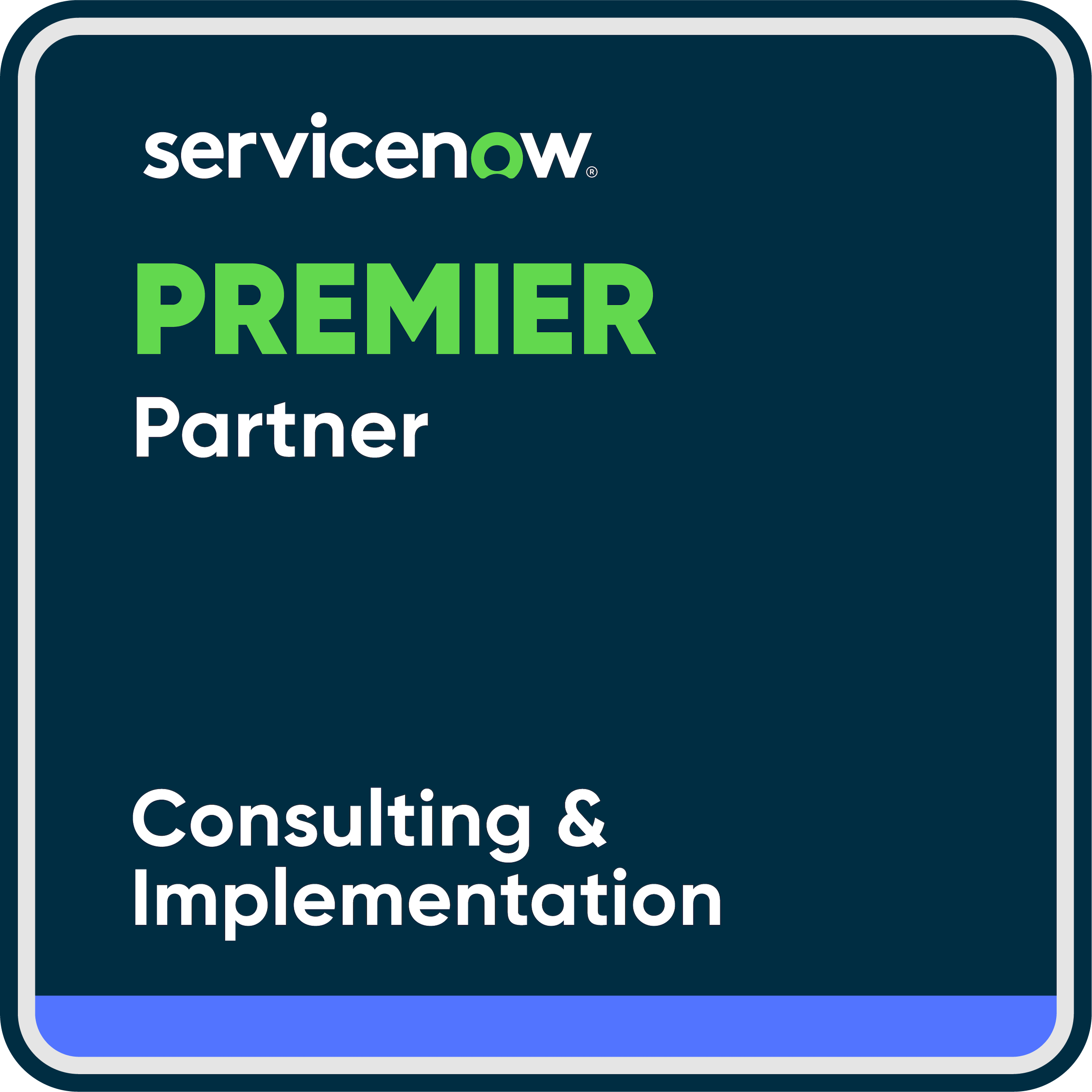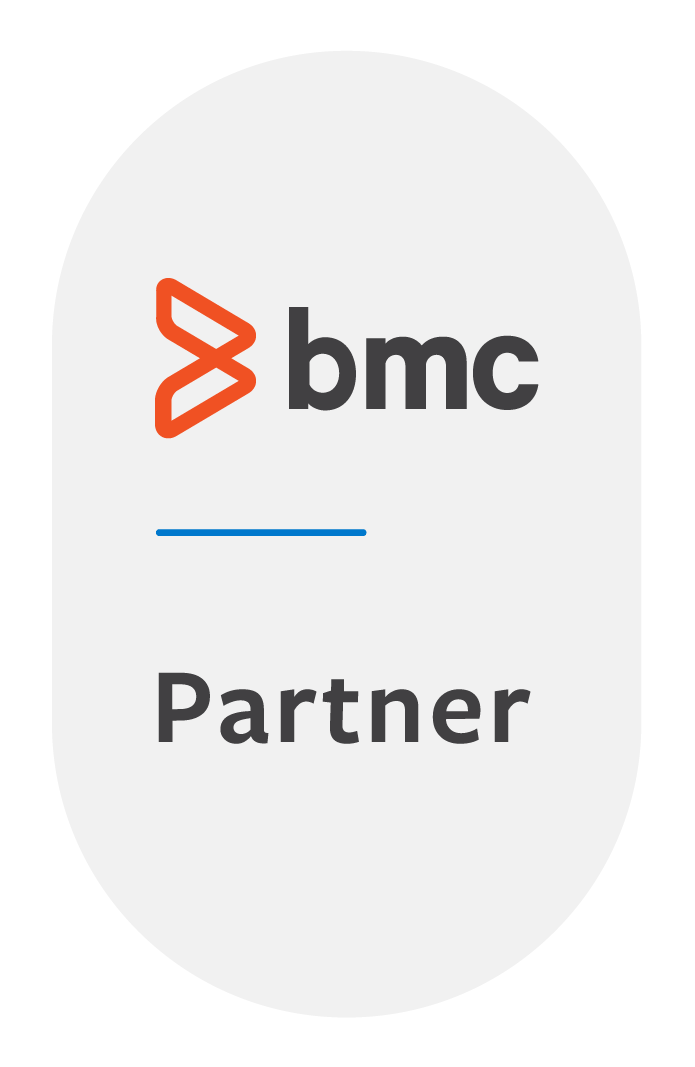“The company is in reality a continuous process, an uninterrupted chain of services […]. In any case, a clear process structure should be aimed for,” Fritz Nordsieck said about company organization as early as 1932. That will soon be 100 years ago, and is just as true today as it was then. But something has changed: The digitization technologies available today create new opportunities for optimizing existing processes, but also bring with them the need to adapt these processes to changing customer behavior and new business models.
However, successful digitization is more than just implementing new technologies. Set the right course in your company for a successful start to digitization – you will find the most important key points in the following overview.
Business process management is experiencing an upswing with digitization and is now being approached with renewed enthusiasm, but also a certain amount of pressure: Changing customer expectations (online presence, “next day delivery”), new business models and the competitive situation result in a significant need for action. The challenge in introducing digitized business processes is to take business, organizational and technological aspects into account holistically. This is a challenge that leads to failure or unused potential for improvement in many digitization initiatives.
A phase-oriented approach supported by a clear management commitment is the key to success.
Phase 1: Defining strategies and goals
In this phase, develop strategies and scenarios for how your company will meet the challenge of a digitized business environment.
Do: Take an honest location assessment and ask yourself the following questions:
- Where does your company stand in terms of customers, market and products?
- How will digitization affect your industry, business environment and business model?
- Are organization, processes and products timely in a digitized environment?
- Is it enough to gradually optimize your business processes in terms of cost, quality and lead time?
- Or do you need a complete reorientation because your business model is at risk in the future?
Do: Set clear, realistic goals and metrics
- Define concrete goals and develop meaningful key figures, e.g., how many processes in percent you want to handle via the digitization platform or how many processes you want to keep under a certain processing time.
- Formulate your goals using the criteria of the SMART formula: Specific, Measurable, Assignable, Realistic and Time related.
Phase 2: Initialization
In phase 2, you get your company ready for the digitization initiative. The most important topics are provision of resources, organization, definition of the methodology, and evaluation of digitization technologies.
Do: Get the specialist organization on board
Digitization is not a pure IT project. The specialist organization must take on a leadership role, co-develop the digitized process, implement it later and actively live it. Because only it has the concrete expertise around the process products, the details of service delivery, and the know-how for the necessary prioritization.
Don’t: Try to do everything yourself
It is rather rare that all the resources required for digitization are available in a company. Look for a partner from whose expertise and experience you can benefit and with whose help you can achieve your goals more quickly.
Phase 3: Creation of the digitization roadmap
The focus of this phase is the recording, prioritization and classification of the business processes on the digitization roadmap.
Do: Evaluate, prioritize and explore automation potential.
Analyze your business processes in terms of potential and need for action for digitization and evaluate
- the importance of these processes for the company,
- the need for action and urgency, and
- the automation potential.
The latter can be estimated on the basis of the number of processes as well as processing and throughput times. These key figures are the basis for prioritizing and implementing the business processes in order.
Don’t: Start too complex
As your first process, select one that is important to your business, one that already adds significant value, but is not too complex.
The first digitized process has a key role in adoption within the company. It should therefore be simple enough to be successfully implemented in a manageable amount of time, but complex enough to demonstrate potential as well as potential problems.
Phase 4: Realization
In the final phase, the digitization measures are implemented.
Do: Process-oriented responsibilities
Assign responsibility for end-to-end process chains. This is often a challenge because line organizations are still the norm in many companies. Enlist the support of top management for the necessary organizational adjustments.
Do: Step-by-step approach
The initial implementation of a digitized process will rarely optimally reflect all the complexities of real business life. Take a step-by-step approach and use the following tools to ensure a successful implementation:
- Prototype phase: replay real, already processed business transactions in the prototype of the digitized process.
- Pilot phase: Start productive deployment with limited user groups, customer areas or products so that limitations or errors are less of an issue.
- Agility after the initial deployment phase: Especially for new or highly customized business processes, “real-life” deployment will quickly reveal the need for adaptation. Therefore, plan capacity from the beginning to adapt the process within the first weeks and months.
Don’t: Over-automate
Not everything that can be automated should be automated. Accept that for certain cases, a manual approach will remain the best solution because automation would be too inflexible or simply not worth the effort.
Don’t: Neglect change management and user acceptance.
Digitizing a process sometimes changes the working methods of the process participants quite significantly: activities are relocated, for some actors the effort increases, other actors may be omitted completely. Good communication, appropriate training and, if necessary, support for reorientation are therefore essential to ensure acceptance when introducing the digitized process.
Even if successful digitization initiatives are never the same as one another: Those who take the listed do’s and don’ts into account have already set the right course for success and have a good chance of being among the 30 to 40 % of companies that benefit quickly and sustainably from the digitization of their business processes.











